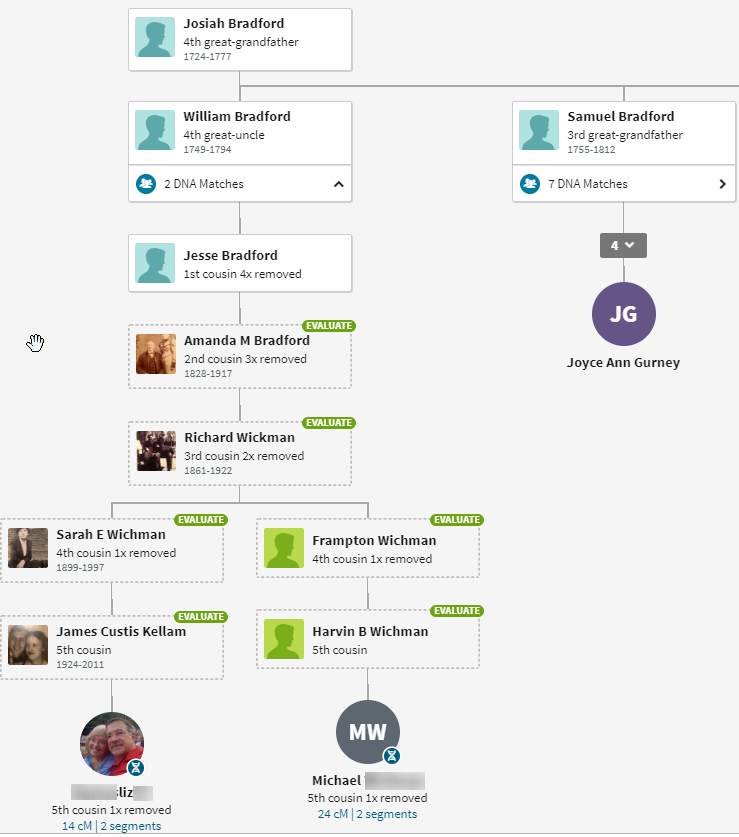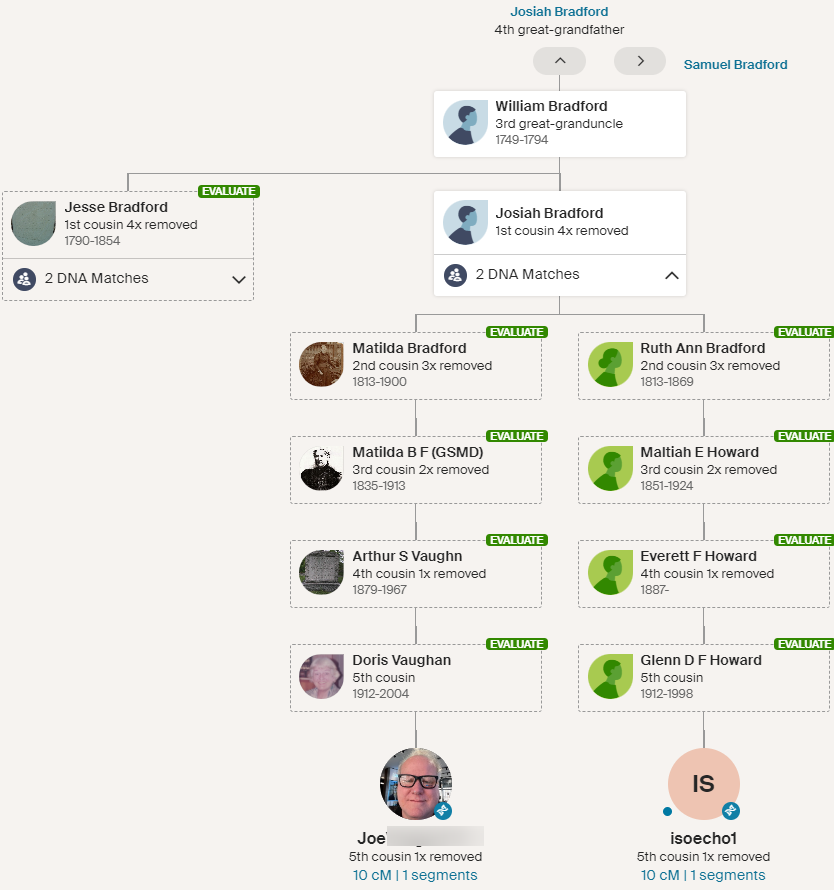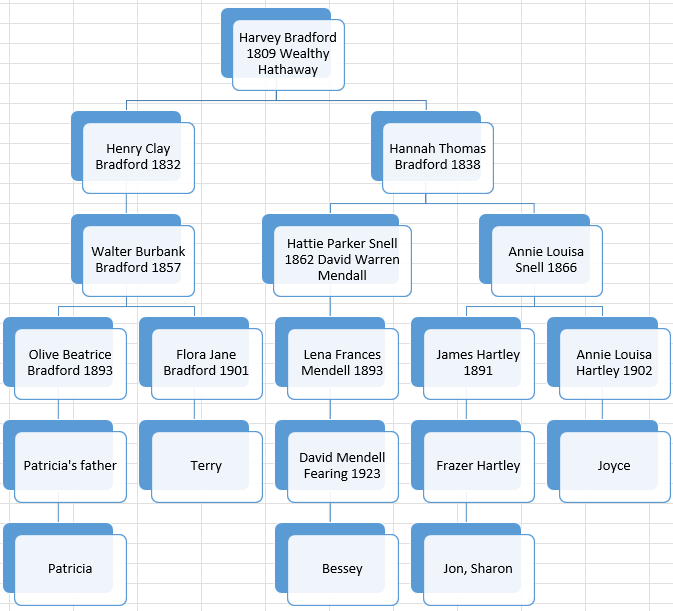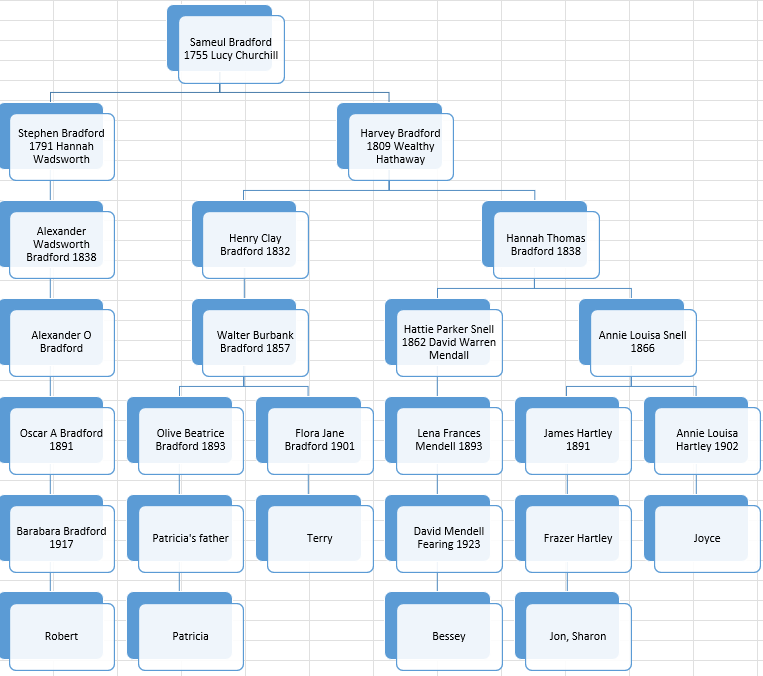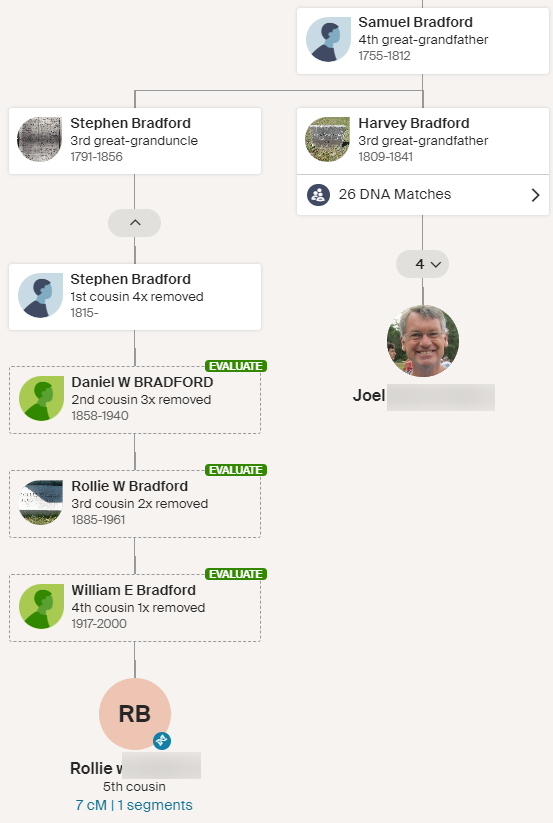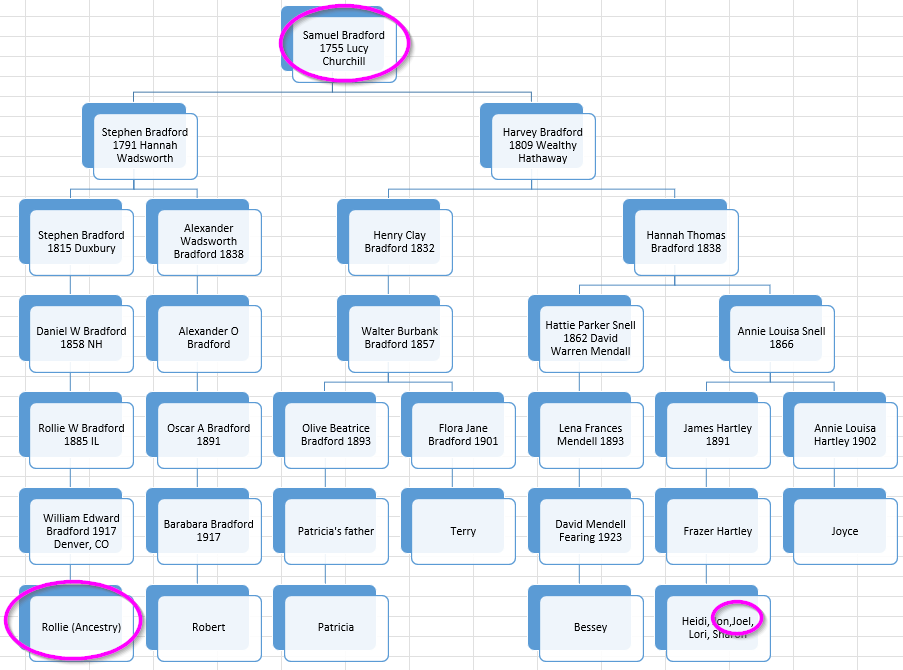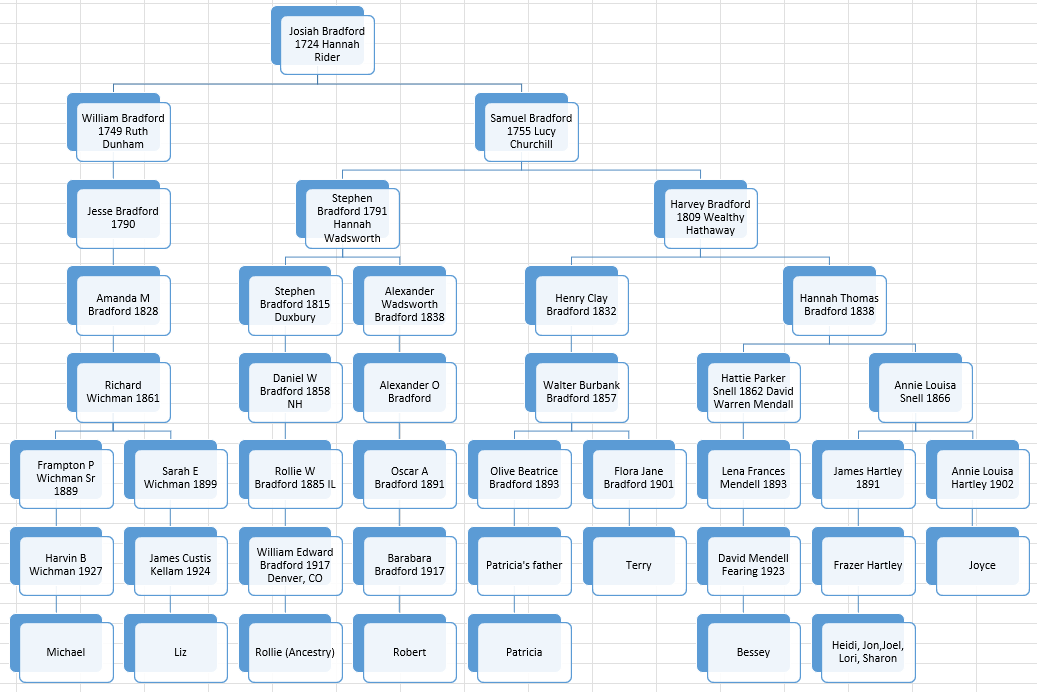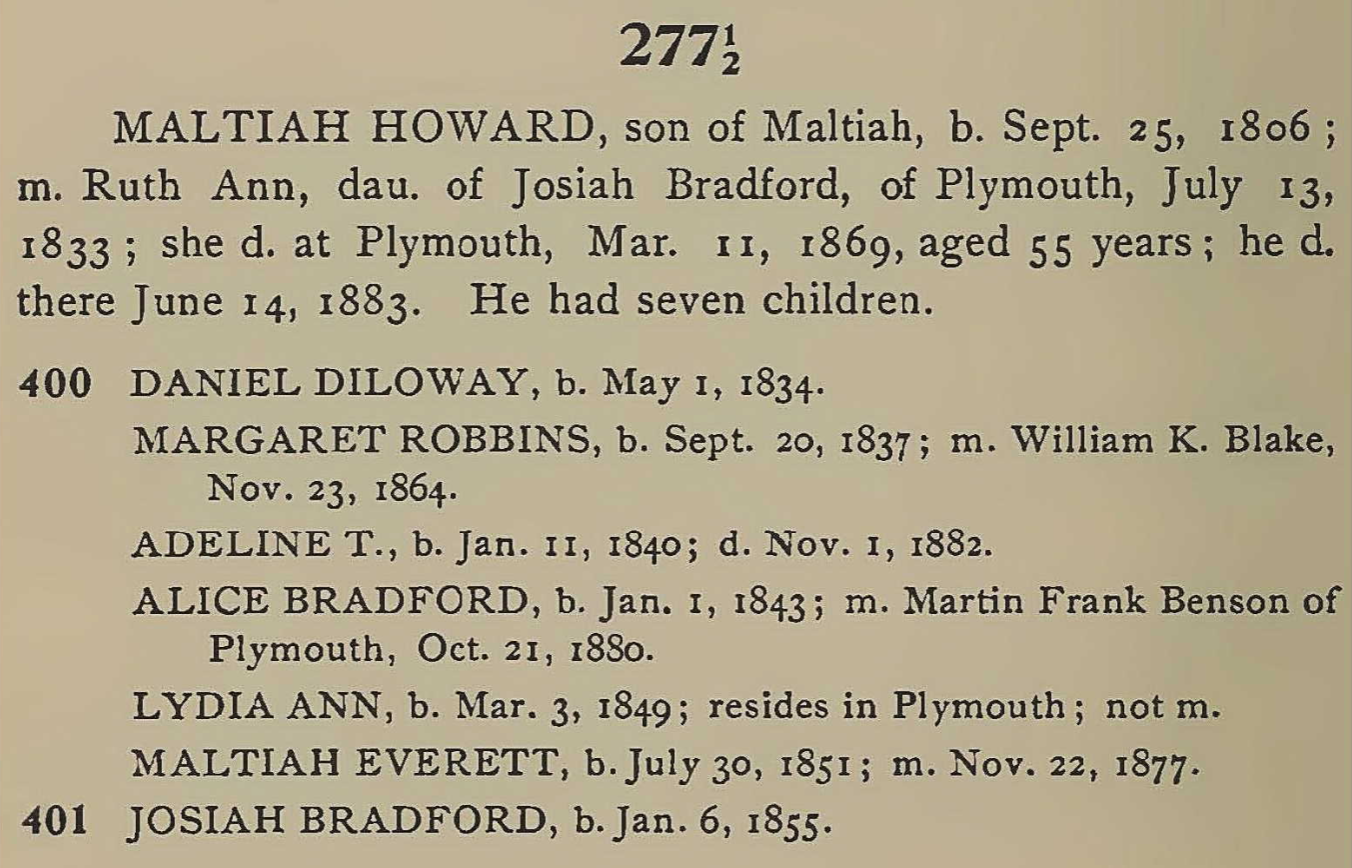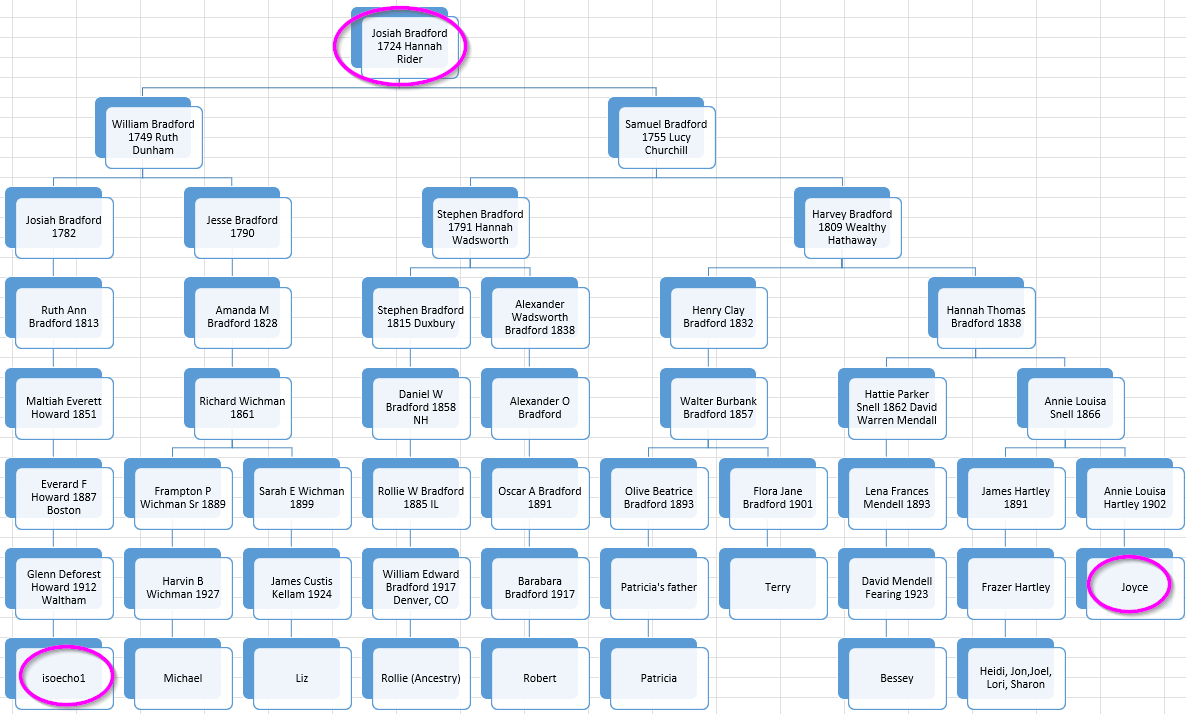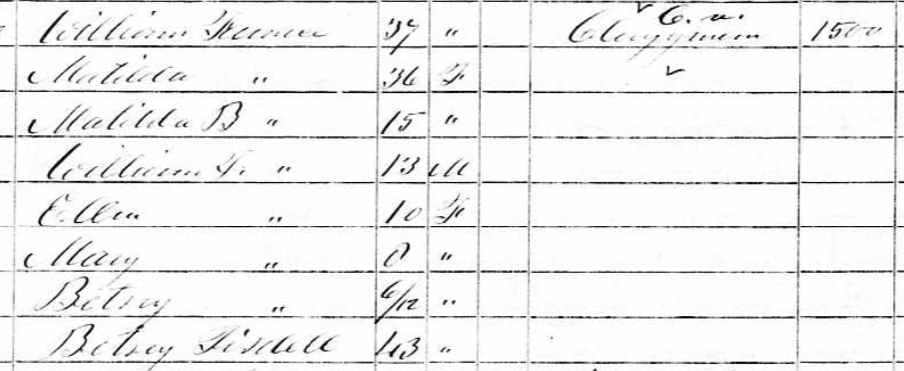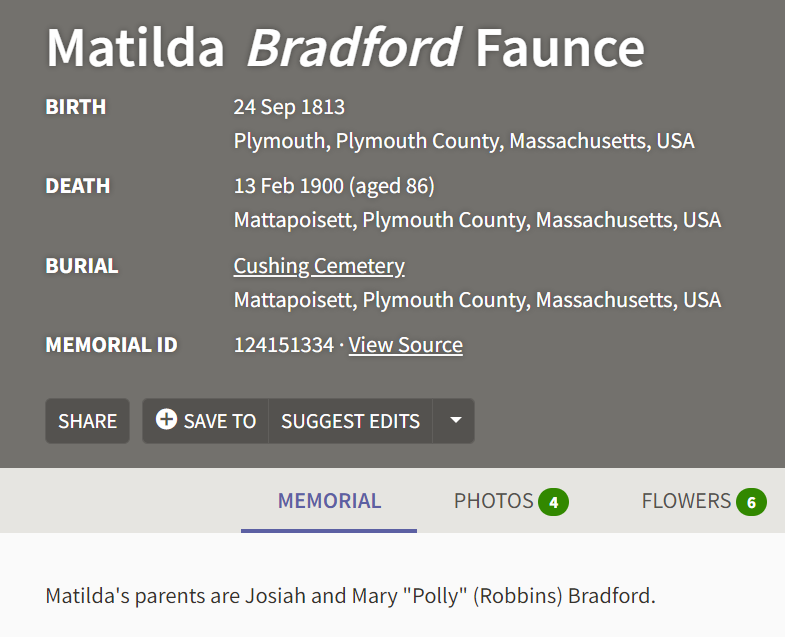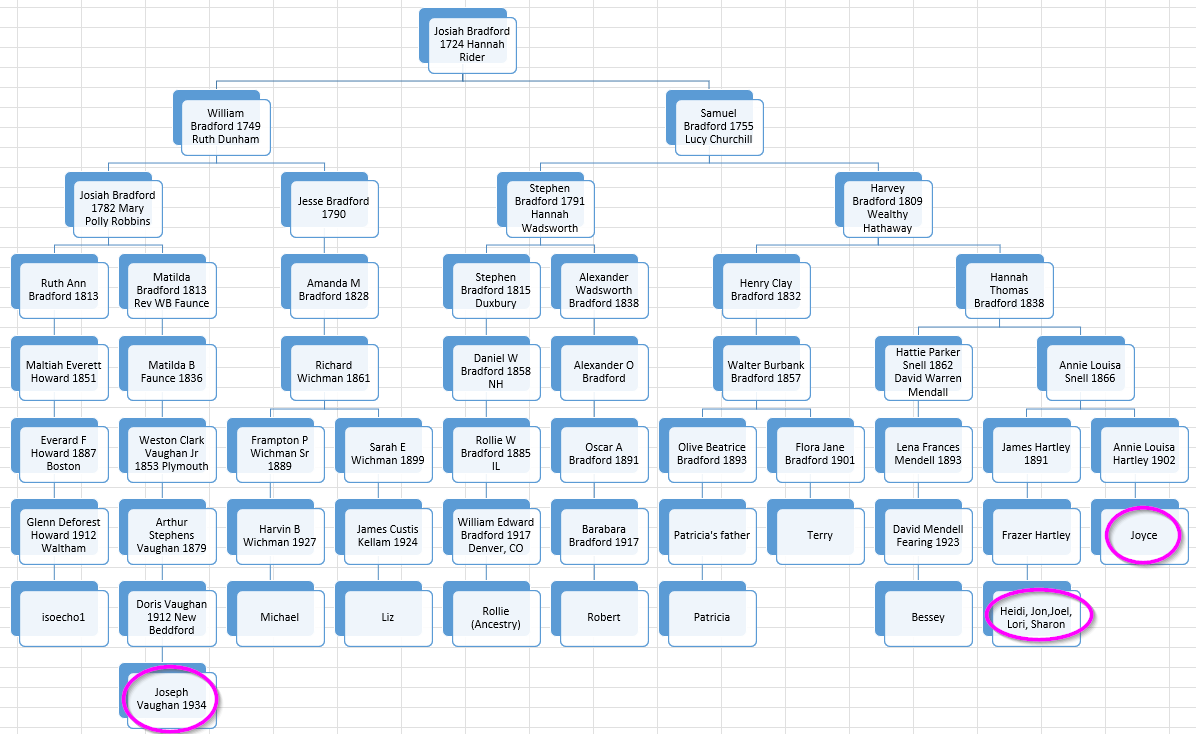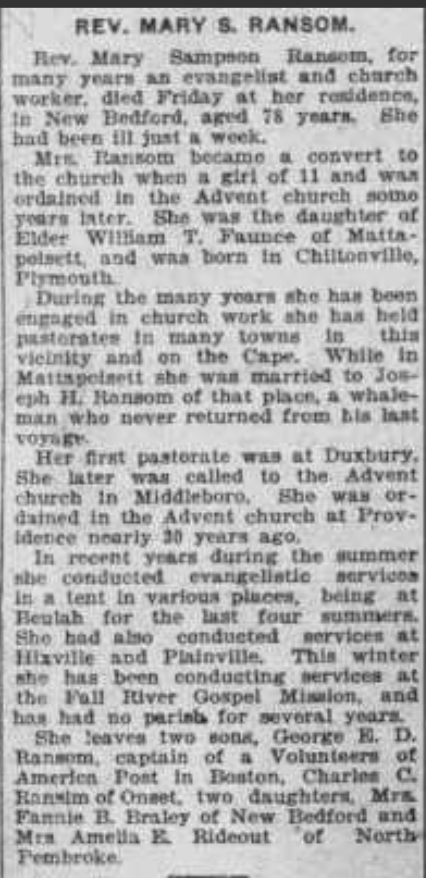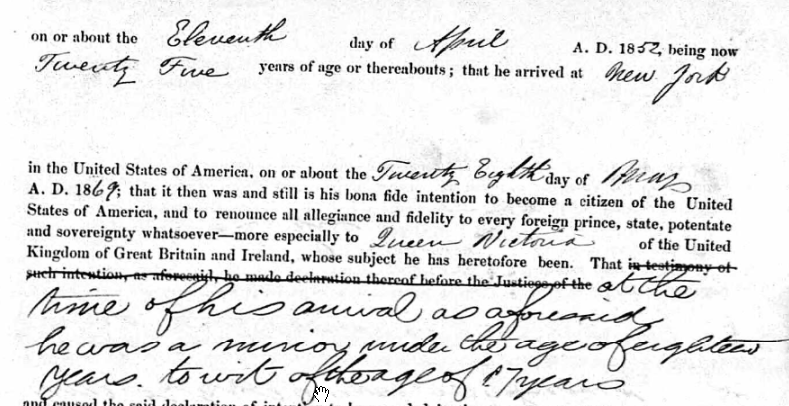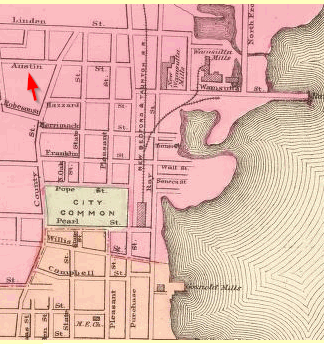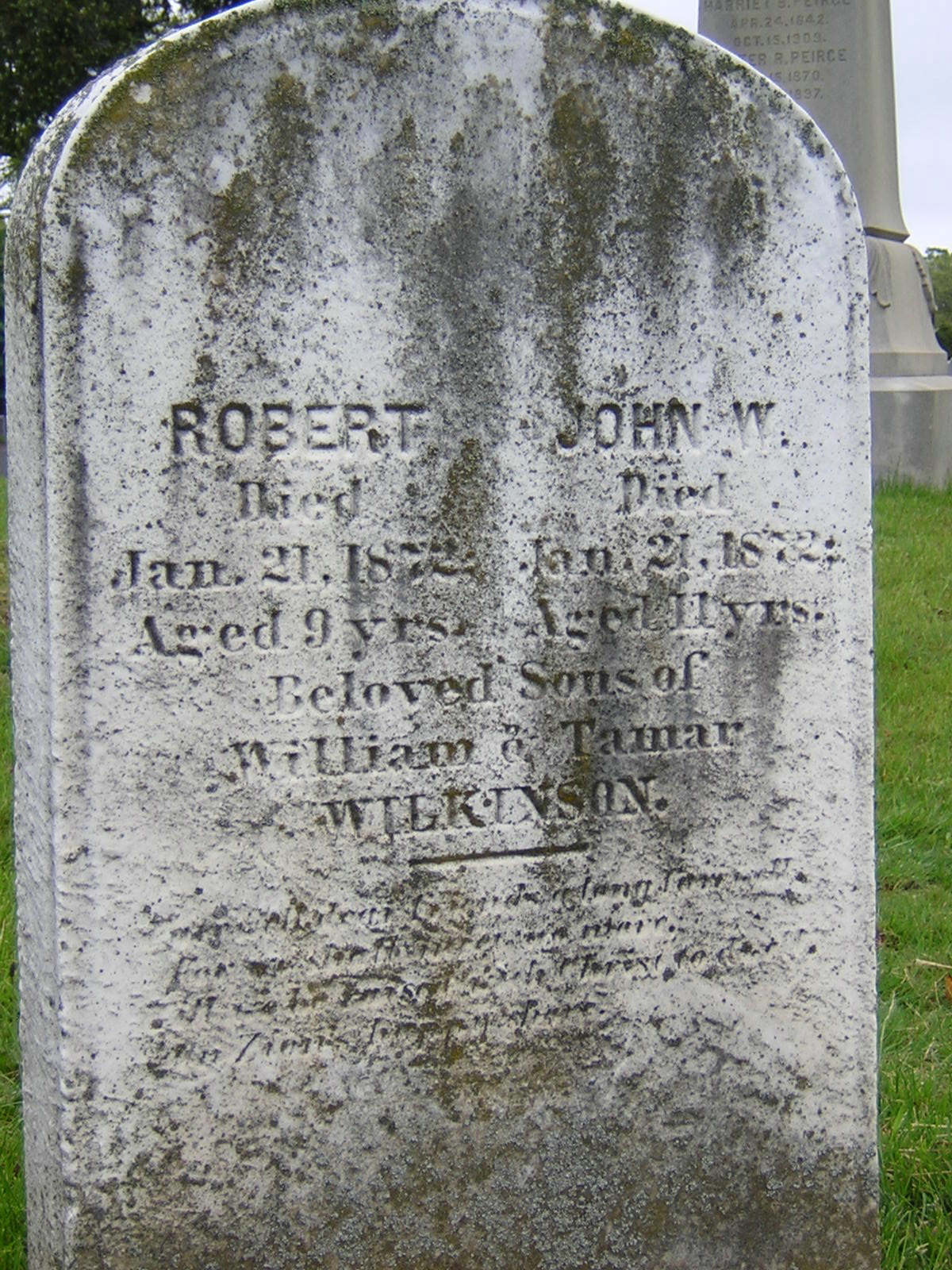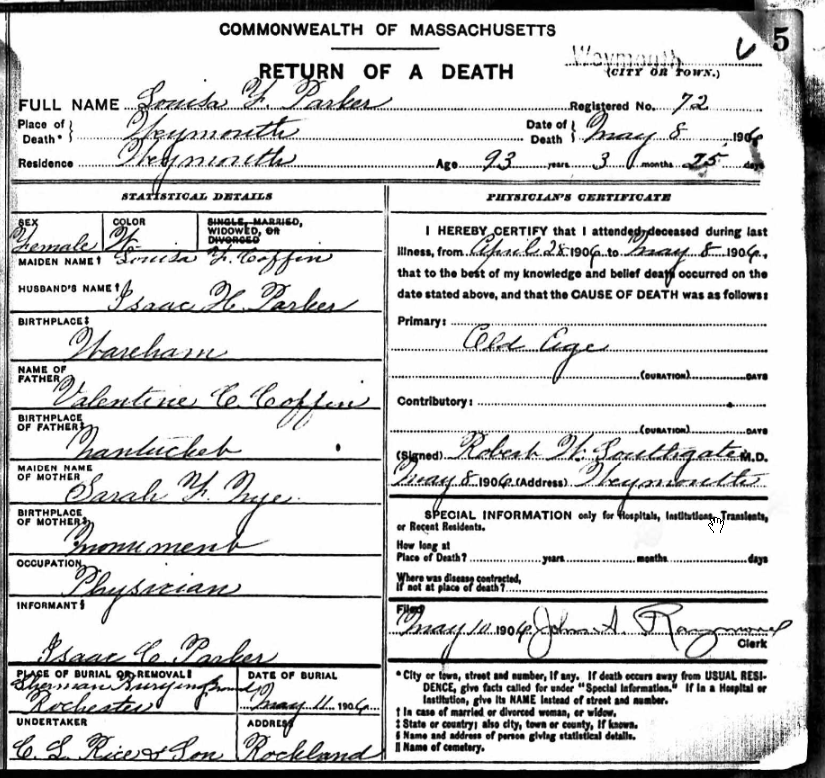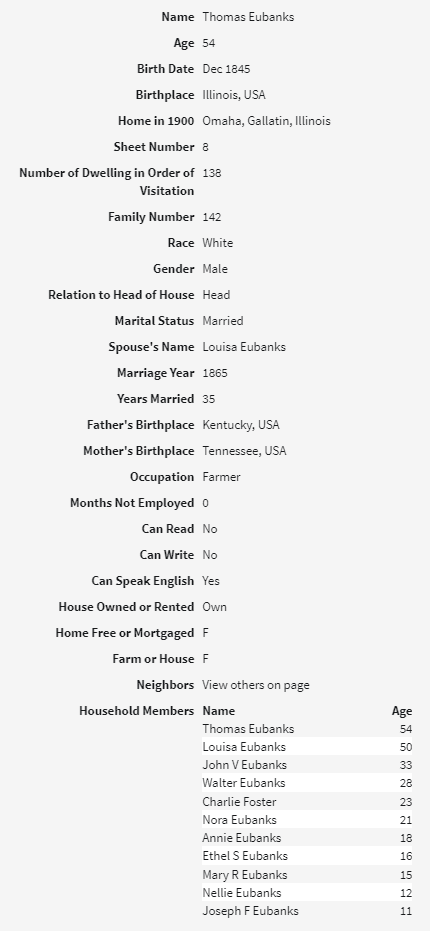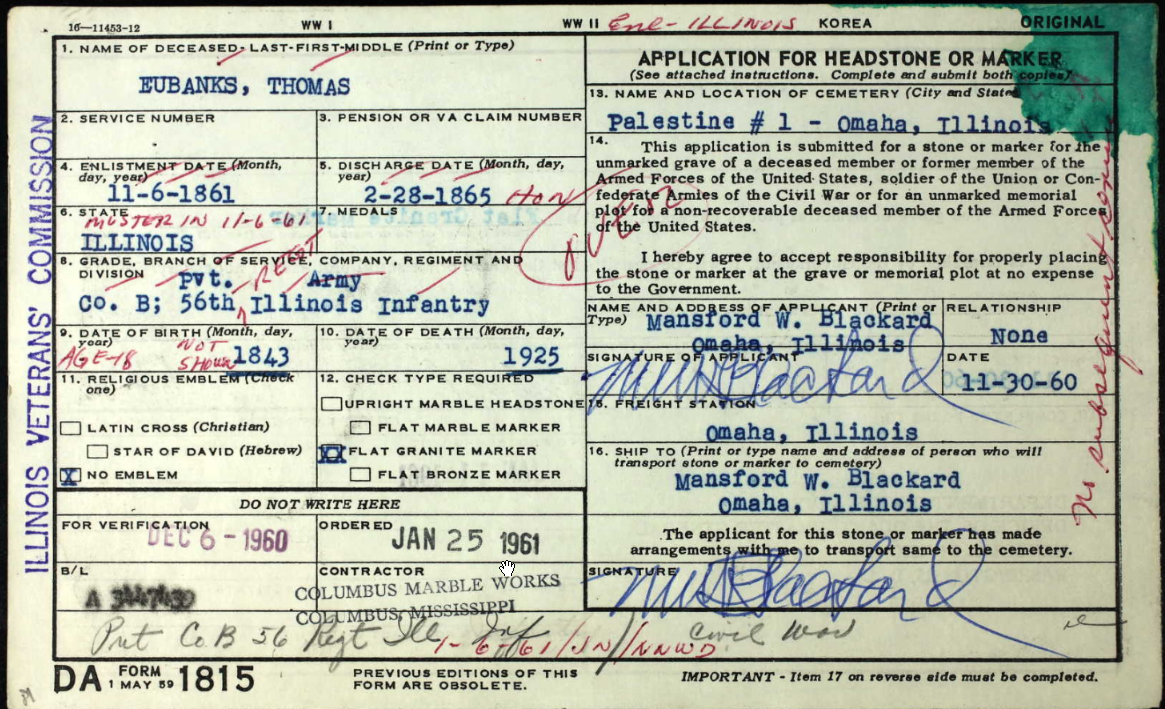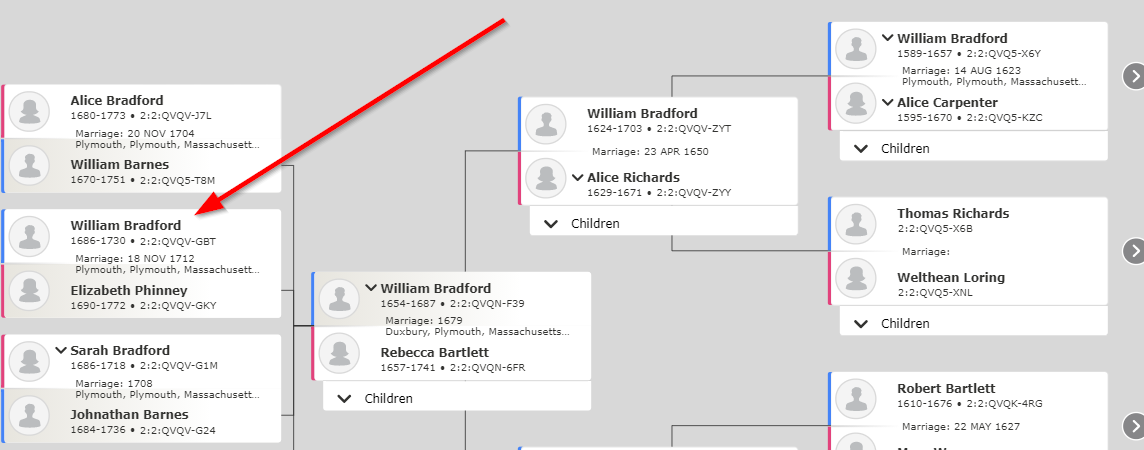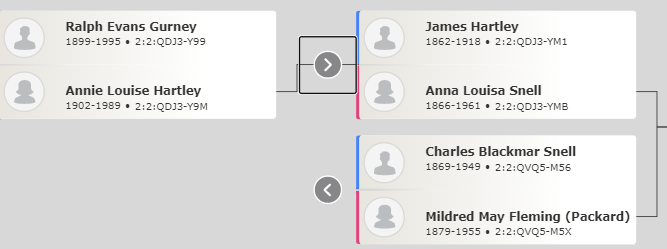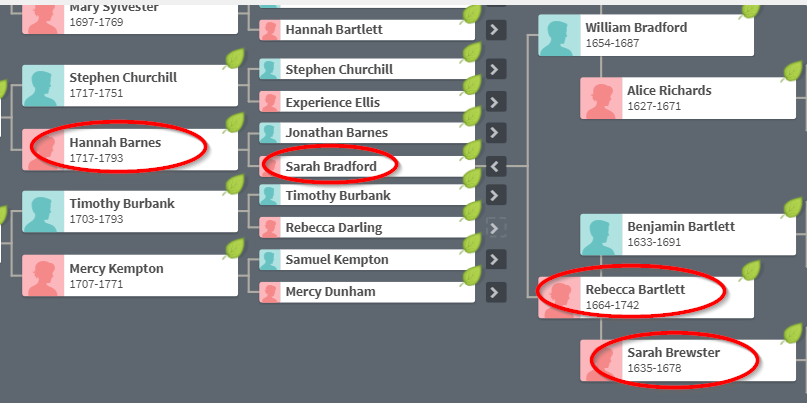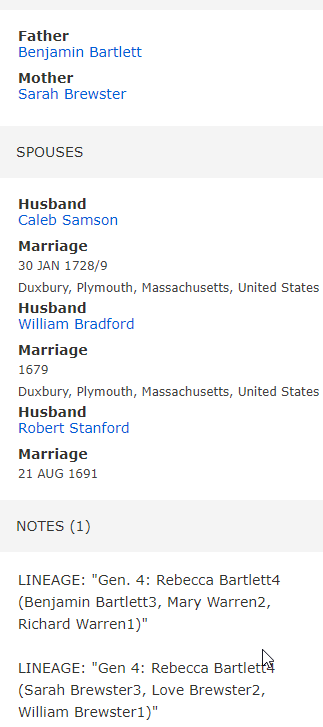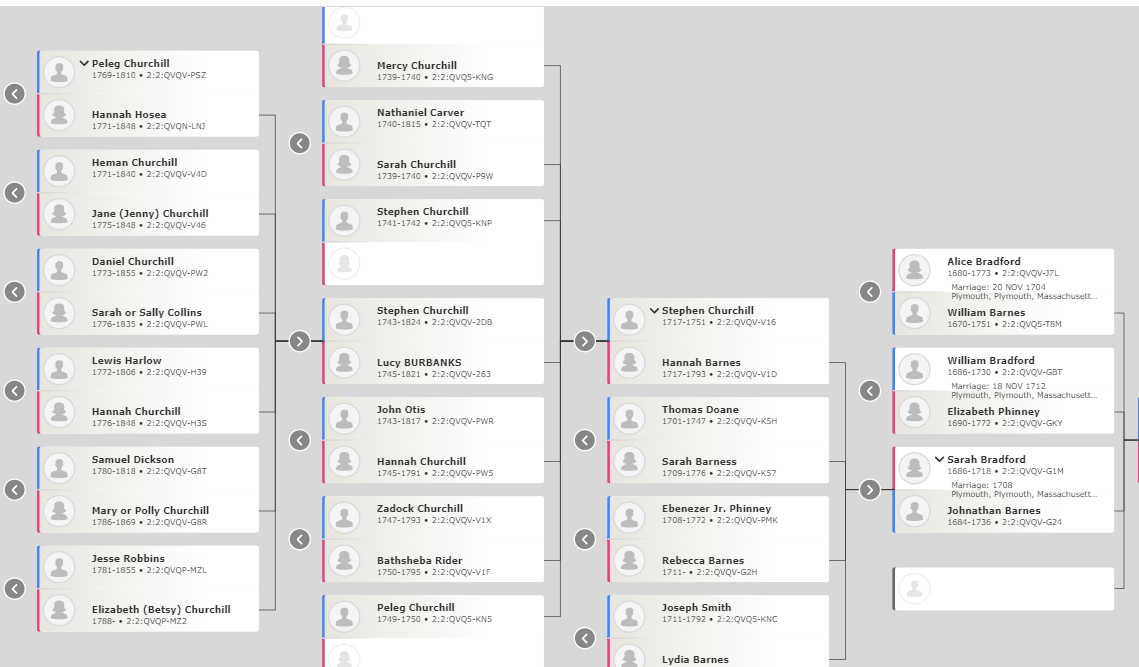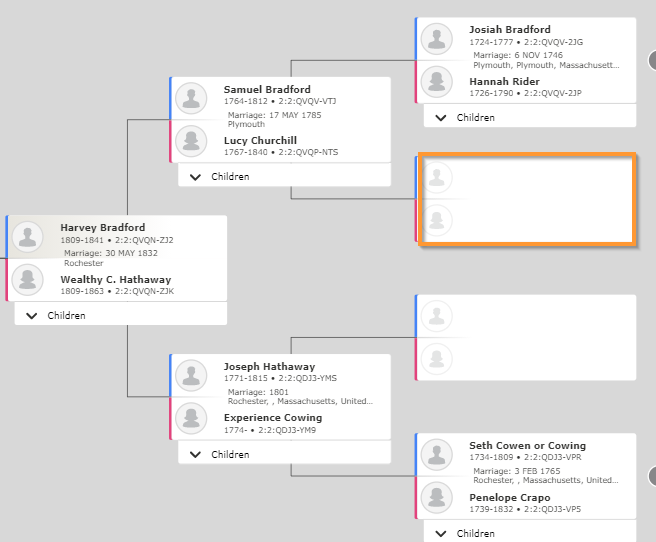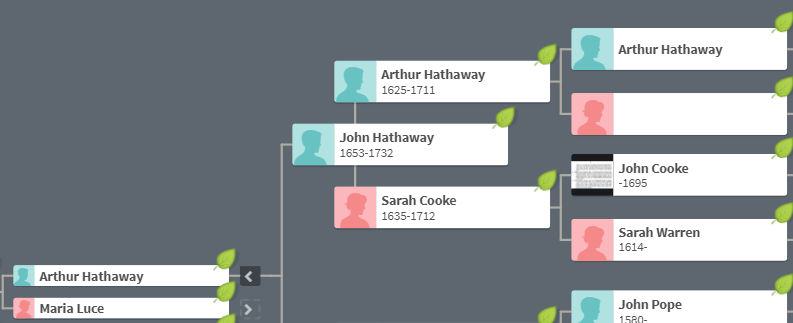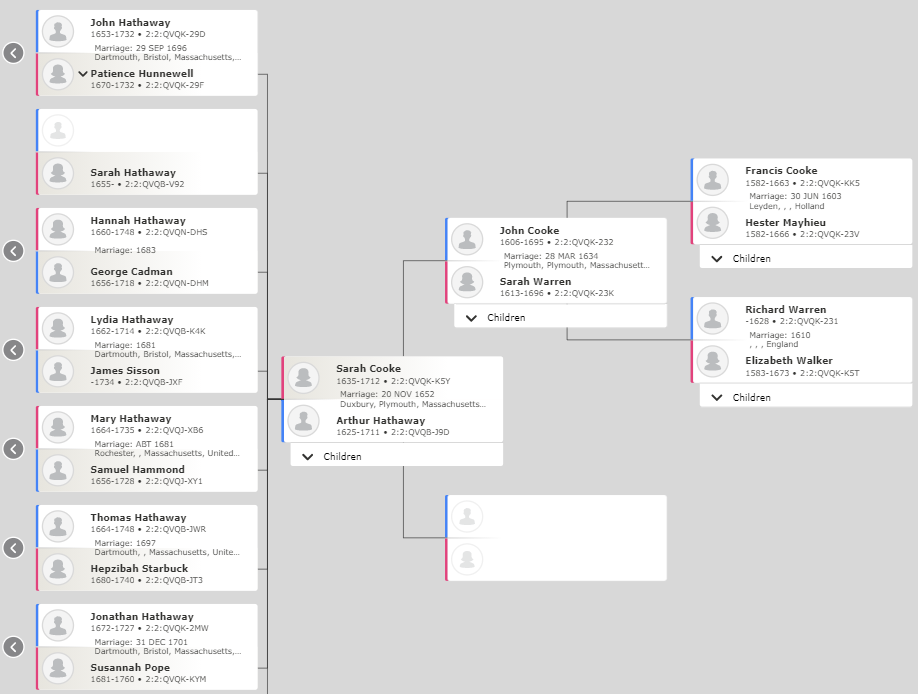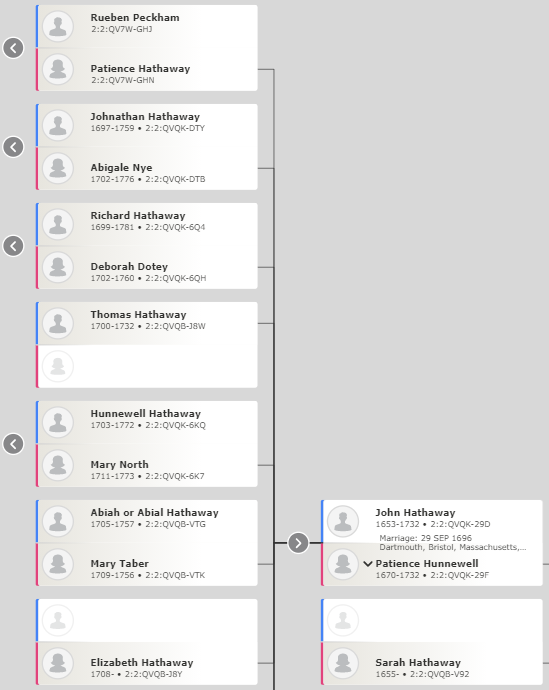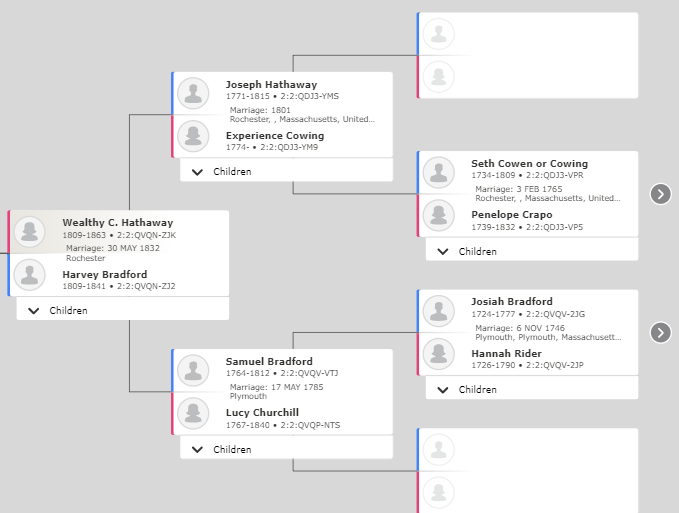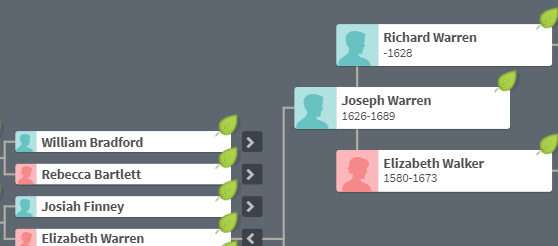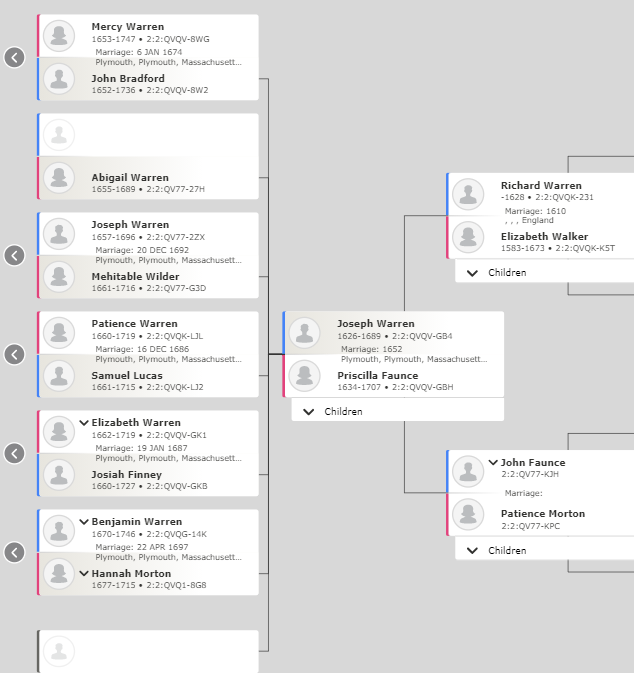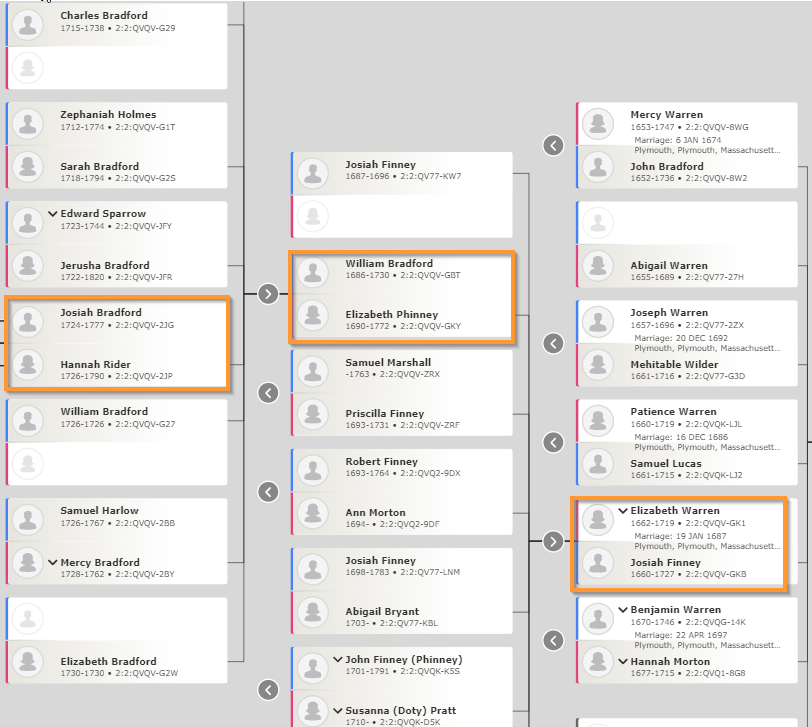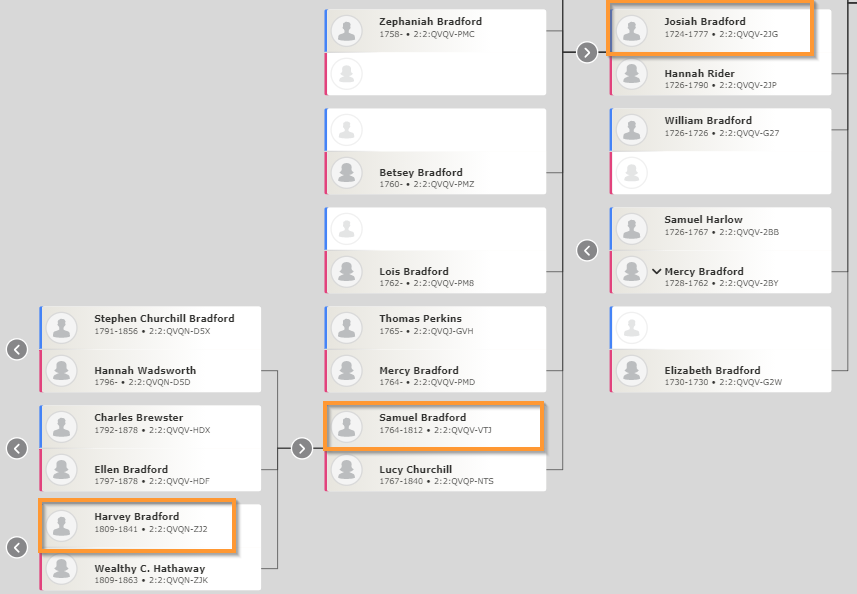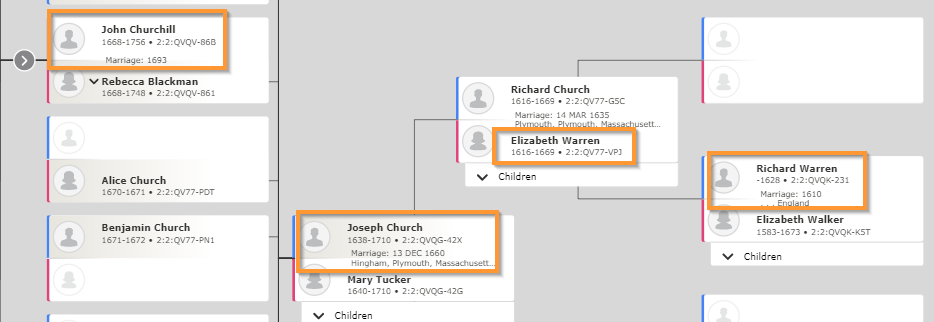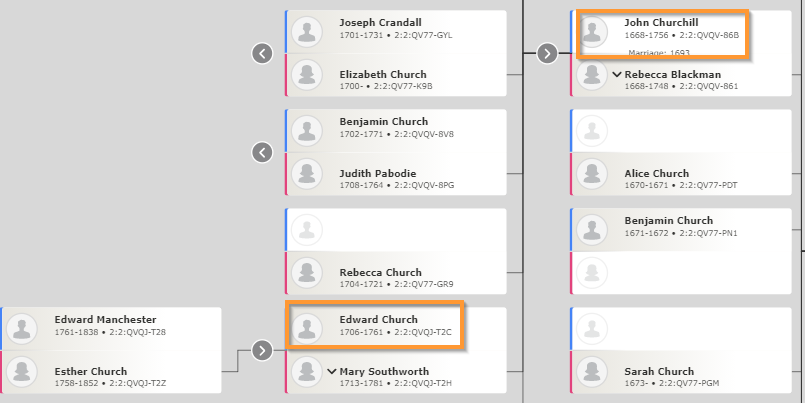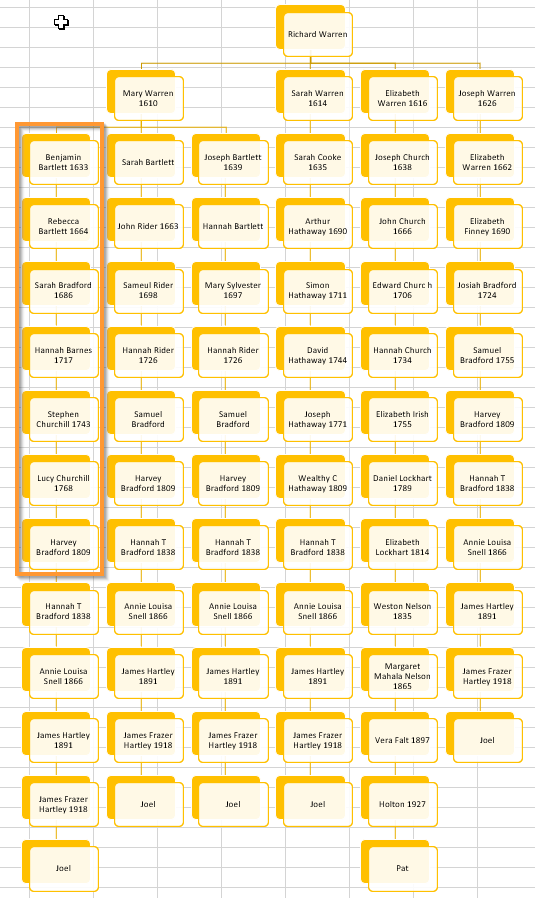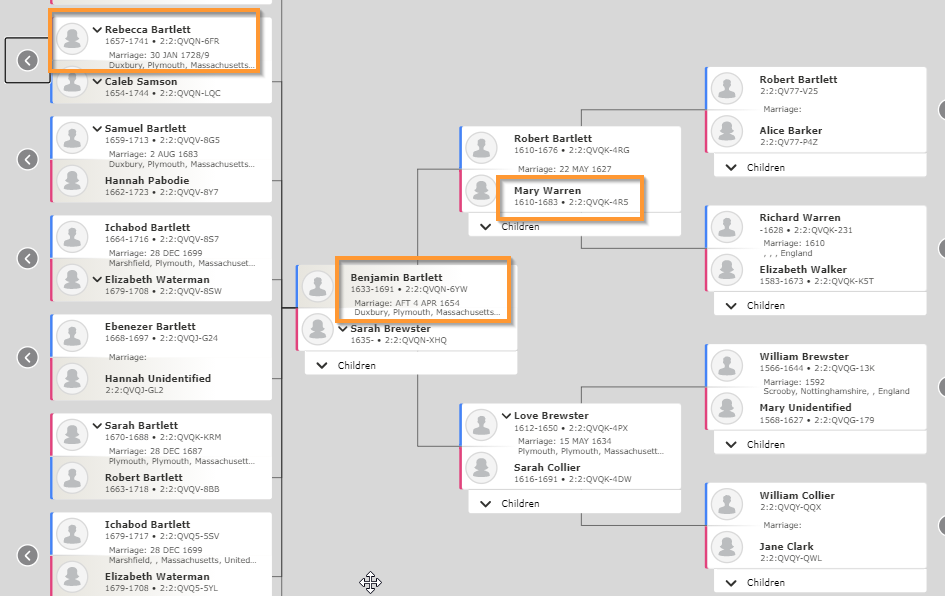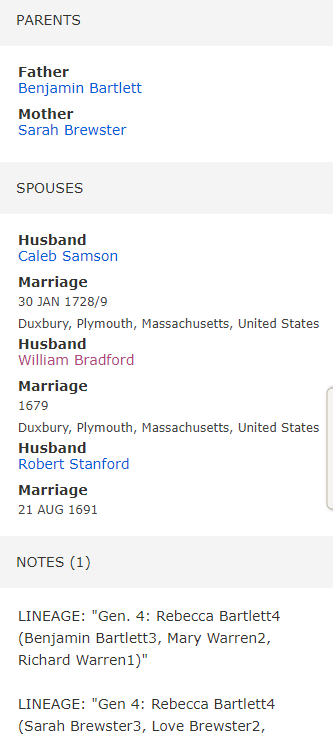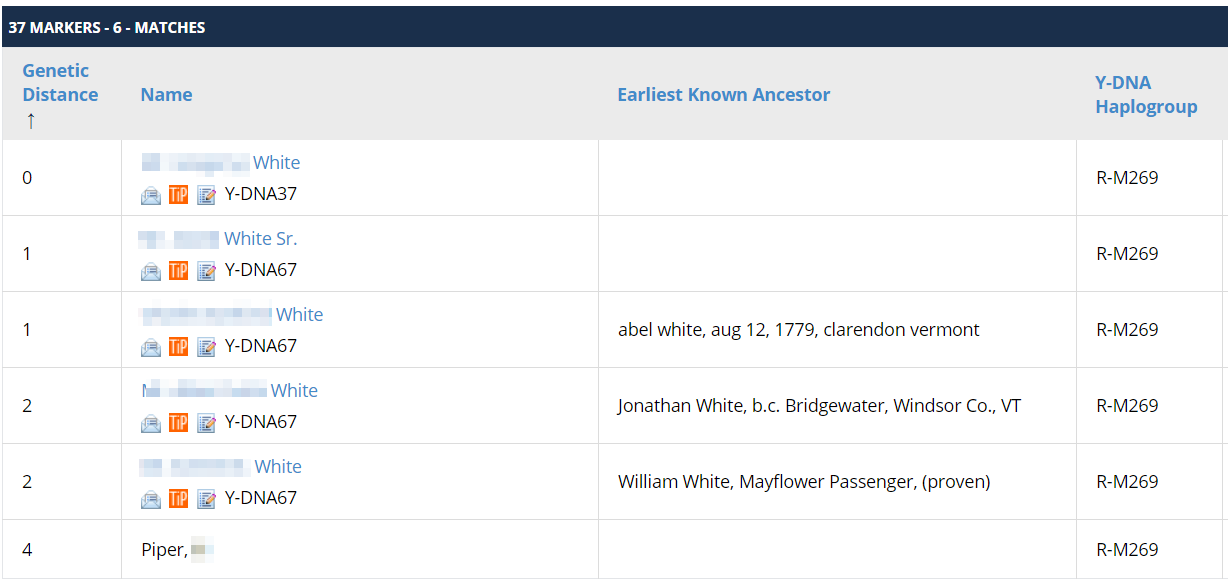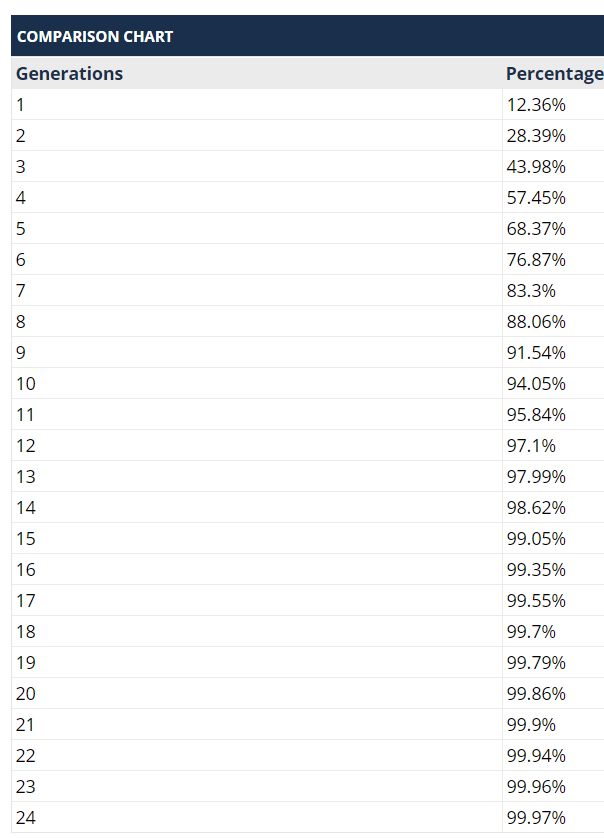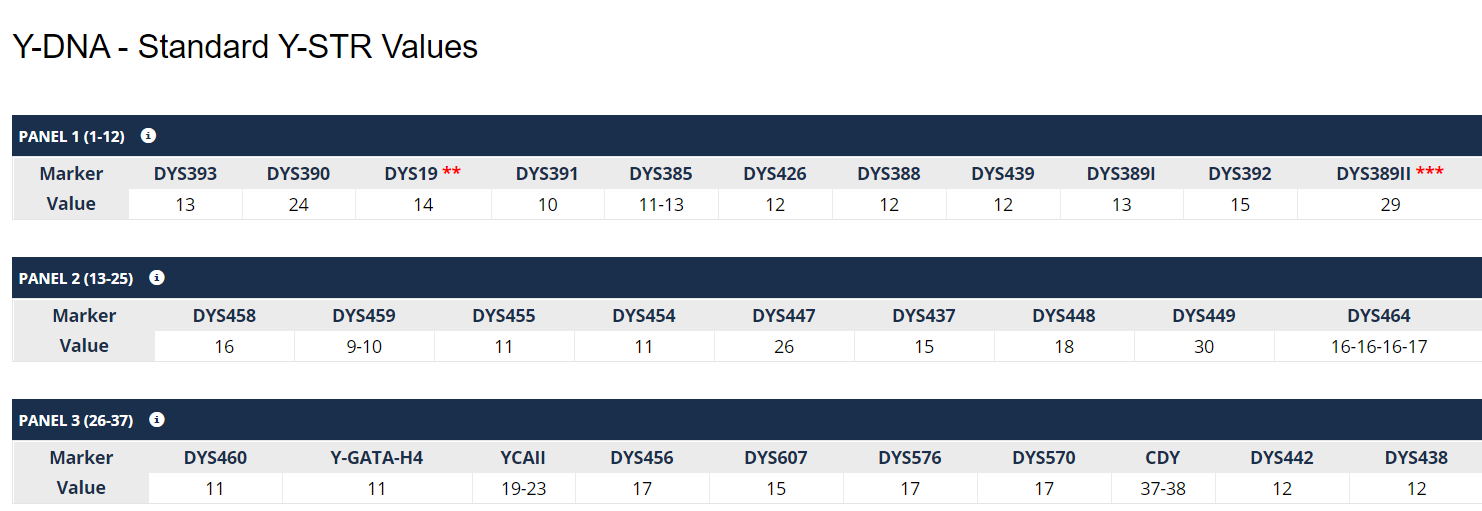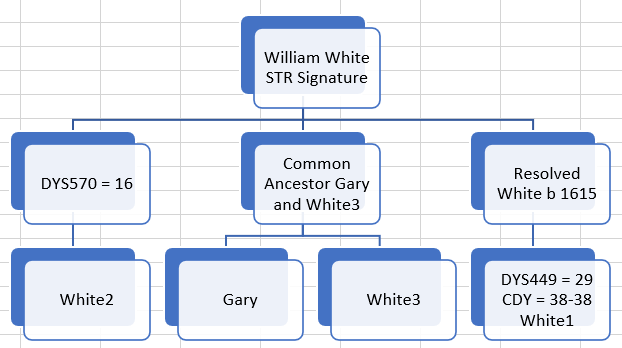I recently came across Irish Petty Sessions at Ancestry. These could be helpful in sorting out relationships and/or adding some interesting information to my family history.
Let’s look at some of these records.
Let Your Light Shine in 1918

Here is the simple case of George Frazer of Derrycashel who was operating a vehicle at night without a light.

This actually happened on March 16th at 8:20 p.m. George was fined one shilling. Here is George (#27):

My great-grandfather’s brother George was born in 1879 and lived in the old family house – the one his father George grew up in in Derrycashel, Roscommon before moving to Ballindoon, Sligo.
Wild Times in Augrafinegan on 12 May 1886

I get the impression that Catherine Frazer and Anne Jane McMaster were not getting along. The first column is the complainant, the second column is the defendant and the third column contains the witnesses. It appears that Anne Jane was charged:

Who are these people? Here is the charged Anne Jane Frazer (wife of James McMaster):

James McMaster died in 1874. Here is Anne Jane’s family:

That means that in 1886, Anne Jane was about 57. That means she low-balled her age in 1901 when she was probably 72. Under this scenario, Richard could have been her brother.
Who Were the Other Frazers in This Court Case?
We may never know why Anne Jane Frazer McMaster and Catherine Frazer were assaulting each other. But who was Catherine Frazer? We know that in 1886, she was living in Aughrafinegan:

Also, I would assume that Anne and Richard Frazer could also have been living there. One guess would be that Catherine Frazer was her mother. However, Anne Jane’s mother could have been around 77 years old at that time (if she was even alive then). It does seem from the record above that that Catherine was a widow. Another guess would be that Catherine and Anne the witness would have been daughters of Richard:

For some reason, animosity between mother and daughter seem more likely to me than between Aunt and niece. Perhaps someone else will come up with a different possible scenario.
Who Was James Hartley of Oldbrook?
My third great-grandfather was James Frazer of Derrycashel, so this entry interested me:

Acconrding to this research from the mid 20th century, Oldbrook is another name for Shanvoley (or Shanwilly).

This list has Oldbrook in County Leitrim. However, other references to Leitrim should be County Roscommon. I believe Oldbrook should be in Roscommon here also. Oldbrook or Shanvoley was not from from Derrycashel.
I notice that I have a document of transcriptions – I believe from a fellow Frazer researcher:
James Frazer Complainant April 19, 1867: Defendant [Thaddy Devauny of Fermoyle] allowed his three cows to trespass on the Complainant’s lands at Fermoyle on 14 April 1867. “To pay 1/6 costs to Court”
James Frazer of Derrycashel in 1867 owned one black sheep dog and one black and white sheep dog and paid the due fees for its license.
James Frazer of Oldbrook in the Parish of Kilbryan shopkeeper Complainant June 1868: Civil Bill: An action for the sum of 3..0 for that the defendant [Patrick Rorke from Cornacwita in the Parish of Boyle] is indebted to the said plaintiff in the said sum for shop goods sold and delivered in the year 1867. “decreed payment and 2/6 costs”
James Frazer of Ballymote labourer Complainant; Defendant Mark Connelly 27 July 1871; for following Complainant into Catherine Dockry’s house and assaulting him there on 17 July 1871 at Ballymote. “No A”. Same complaint against Margaret Connelly of Barrymote married woman; Mary Morrison of Barrymote married woman. The same day Mary Frazer of Ballymote [widow]; Defendant: Mark Connelly for assaulting Complainant and making use of scandalous and abusive language towards her at Ballymote on 17 July 1871. “No Ap”. Same day James Frazer of Ballymote Defendant – assault of Complainant [Mary Morrison] on 17 July 1871. “No Ap”
James Frazer of Ballymote letter carrier Complainant 22 June 1876; the Defendant John Cawley assaulted and violently threatened the Complainant and challenging him to fight on the night on 15th inst at Ballymote. “No appearance.”
James Frazer of Ballymote Defendant: Defendant did unlawfully and violently assault the Complainant [his wife Marion Margaret Frazer] at Ballymote, Sligo on 3rd July 1888. Knocked her down abused and blackened and injured her and did so abuse and beat. Kick, knock down and injure and did endeavour to take her life within the last two months several times. Complainant claims protection. “No app”
James Frazer of Derrycashel owned a black & white sheep dog March 1875 and paid the required fee.
In March 1878 he had a black spaniel.
James Frazer Complainant: the defendant [Thomas Coyer] on 22 June 1878 at Athlone Roscommon did leave his horse and cart on the public street without anyone in charge of the same. ‘Fine 5/- costs 1/-“
James Frazer Complainant 14th June 1875; that the defendant [Michael Higgins of Kilmactranny] did refuse to pay the sum of 17/- for a pig sold and delivered purchased on 3rd January 1875 at the Boyle fair the property of the Complainant. “No appearance”.
Here is Shanvoley. It is to the SE of Derrycashel:

Archibald of Shanwilly (aka Shanvoley) had a son named James Parker but he moved to Australia before this time:

Here is another case from 1875 involving James Frazer of Oldbrook:

When I Google Oldbrook, Roscommon, I see this MyHeritage record:

This George Robert Frazer was said to have a father named William James Frazer from Oldbrook. Was this William James the shopkeeper?
Here is another possibility from the tree of fellow Frazer researcher Joanna:

If this is the right James Frazer, he would have been a shopkeeper at age 21 in 1868. This must be the same family in Edgbaston, Warwickshire in 1811:

John W and Margaret would have been the children of Archibald Frazer. Archibald was the son of Alexander and the Mary Frazer of the above Census (though Alexander had died before this Census). Archibald Frazer is the one who lived in Shanvoley or Oldbrook and moved to Drumatybonniff Farm in the Parish of Tumna, County Roscommon (see below).
While I’m At Old Brook

Here is an early case:

This is no doubt, the same Alexander:
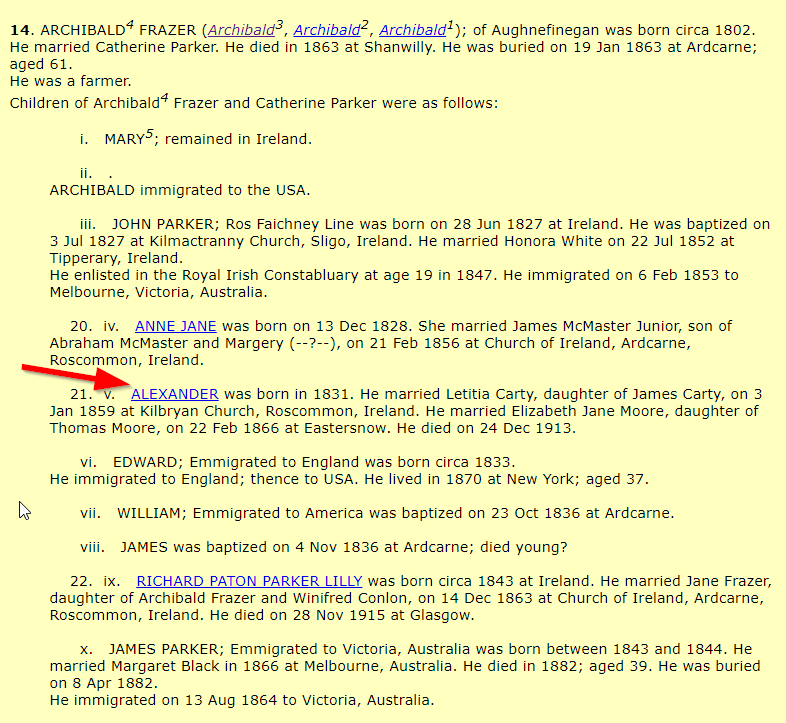
My guess is that this person was renting property from Alexander and deserted his wife. That meant that she had to end up in the work house. Of course, Alexander would have lost the rent of his property by this man deserting his wife. These were very difficult times.
Apparently, there was a different James Hartley from Ballymote:

I hope he was not related as he was a wife beater. His wife had the same name as my grandmother’s maiden name, though my grandmother was born in the US in 1894.
Other Mentions of James Frazer, My Third Great-grandfather
There are two other mentions of James Frazer in Derrycashel. He was supposed to license his sheepdog, but he didn’t until he was caught. This suggests that James was raising sheep. My relative in Ireland said that the Frazers butchered some of their sheep to help feed the neighbors during the potato famine. This also suggests that he didn’t like to pay to license his dogs.
My guess is that James also raised Pigs as there was mention of him selling a pig to Michael Higgins of Kilmactranny at the Boyle Fair and not receiving payment.
When I put these together in a spreadsheet and sort by date, I get this short Frazer history over a period of 59 years:

These people were almost certainly all related and assuredly knew about these events as they also lived in fairly close proximity to each other.
John Frazer of Dereenargan

Here is a John Frazer from Derreenargan in 1890. I have written about a different John Frazer from Derreenargan here. The John Frazer I wrote about was living in Lockport, New York in 1870 and had a son, John Jr., who was born in New York
Here is Derreenargan in the heart of Frazer country, County Roscommon:

Here is the charge:

Here is the Complainant:

Based on other information these two were assaulting each other.
Is this the family in 1901?

The transcriber got the name as Frozier.

However this appears to be a different Derreenargan:

This John was born about 1856 in County Roscommon. I see that Frazer research MFA has a John born at Kilmactranny to Edward and Mary:

This was at Kilmactranny which is technically in Sligo. However, one may have lived in Roscommon and gotten baptized in Kilmactranny. Also, there was an Edward who was the son of John (circumstantial evidence).
Here is another John from nearby Shanvoley, but I don’t have any more information on him:

Edward Wynn Frazer
As I recall, there were two Edward Wynn Frazers. This always confuses me. This one lived in Derreenargan in 1862:

Notice this Edward from Derreenargan of Klbryan. The John above appears to be from Derreenargan of Ballyformoyle. Edward had a case against Michael Partlane for failure to pay rent:

I believe that Partlane was another name for McPartland. I have written quite a few blogs on this family. Who knew that Derreenargan was such a popular place in the day?
This is the Edward Wynn I have:

Here is the other Edward Wynn Frazer:

According to the Frazer tree of my researcher friend Joanna, this Edward Wynn’s daughter Kate Peyton Frazer was born in Derreenagan. That means that this court case would be for the Edward Wynn born in 1838 and he would have been about 24 years old at the time of this court case. The Edward Wynn pictured above is the second great grandfather of fellow Frazer researcher Kathy who lives in Massachusetts.
Here is a simplified tree of the Frazers based on YNDNA testing:

This tree goes back to about 1690. Edward Wynn Frazer from the photo is the brother of Thomas Henry Frazer on the right branch. James Frazer with the unlicensed dogs was born about 1804 and is on the left branch.
More on Edward Wynn Frazer
Here Patrick Gallagher claimed that Edward Wynn assaulted him:

This would have been about a month before his daughter Katherine Peyton Frazer was born. Here is some more background:

I appears that the Gallaghers were damaging and breaking Edward’s door with stones.
Edward Wynn brought Widow Jane Doyle to Court:

This is one tough dude. “Your chickens step on my property and we’re going to court.” I’m not sure how much damage chickens could do to “fattening grass”. Here is another complaint from Edward against Widow Doyle – apparently a neighbor:

In 1861, Edward Wynn was looking for rent from Bartley McKeon of Aughnasurn:

Here a shopkeeper is looking for money owed him from Edward Wynn:

Perhaps Edward couldn’t pay because people owed him money.
Edward M Frazer Aughnasurn

This Edward M Frazer was from Aughnasurn and was a Gentleman. He owed Jones Cuttle some money. This Edward appears not to be the same as Edward Wynn as he is not from Derreenargan.

Edward Frazer of Annagh died 8 March 1863, so that rules him out. This is leaving me stumped, unless this is the same as Edward Wynn Frazer. However, the Gentleman part and living in Aughnasurn seem to distinguish this person from Edward Wynn Frazer.
Archibald Frazer of Drumatybonniff Farm in 1876
There are a lot of Archibald Frazers, so perhaps this record will help sort things out.

However, finding these locations could be difficult. If John and Edward were under 14 years of age, that means that they would have been born 1862 or later. Here is one possibility by name but not by place:

More on Archibald Frazer

Here we see that this Archibald was from Tumna Parish. Here is a more standardized spelling:

From here, I can find them in the 1901 Census:

Archibald was born about 1840. He lived at the same place in 1866:

Thomas Malone who lived in the same Townland as Archibald was not doing his contracted work:
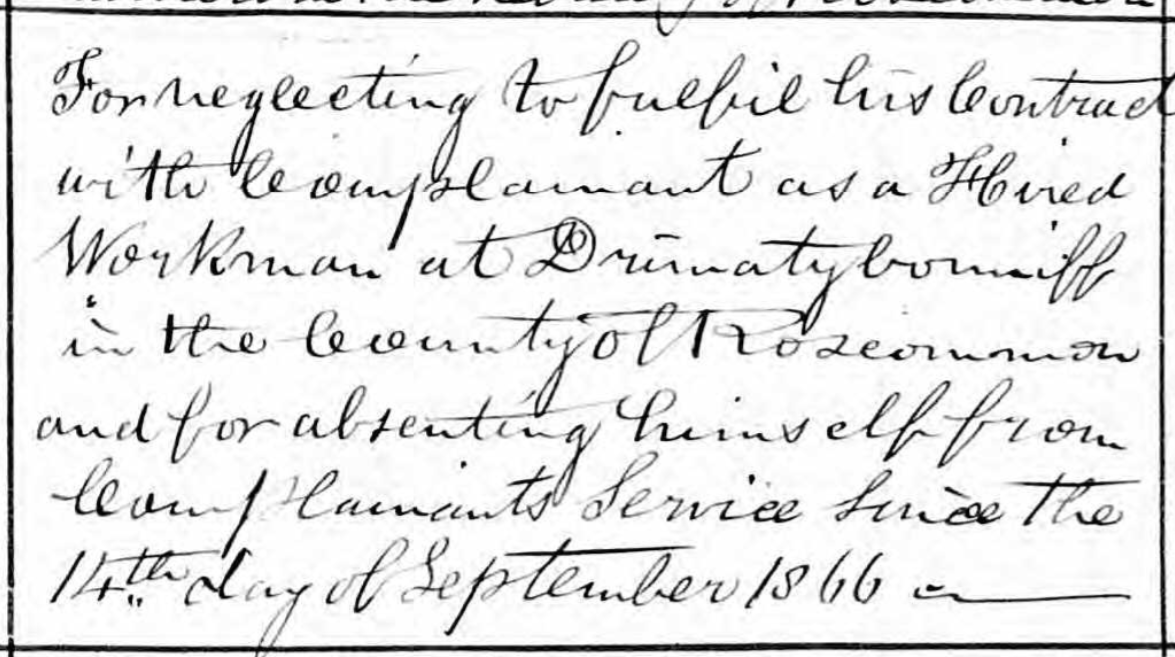
More problems in 1870 from Patrick Doran:

Edward Little was also listed as a compainant. I think that this is a hint that Archibald of Shanvoley was the same as this Archibald. Of course Frances would be Frances Little and Edward Little a likely relative of Frances. I assume that Mary Doran listed as the Defendant below was Patrick Doran’s wife:

There was a lot of assaulting going on in County Roscommon 150 years ago. She was not happy with Archibald. Mary Doran, married woman, charged that she was assaulted by Archibald Frazer on the same day.
More Assaulting in 1879

Let’s check Archibald for bruises:

I believe Toomna would be the same as Tumna.
Here is Frances Little Frazer from Doug Vaugh’s Web page:

That means that between at least 1866 and 1901, this couple lived at Drimitybonniff (or some variation of spelling). Here is Tumna:

Here is Drumatybonniff:

Here is another mention of Archibald Frazer in Oldbrook in 1862:

Said Archiald of Aughrafinegan to Archibald of Oldbrook, “Just put it on my tab”.
Here is my spreadsheet sorted by date:

Alexander, who was Archibald’s father was 53 in 1859. He could have passed away early in the 1860’s. Archibald marries in 1861 and becomes a shopkeeper in Oldbrook. Around 1868, the Archibald Frazer family moves from Oldbrook to Drimatybonniff where Archibald apparently farms the land. He is there for at least 32 years as he is there with his wife in 1901.
Archibald Frazer Junior of Aughrafinegan
This junior Archibald owed Archibald of Oldbrook money. Here junior does not imply that he was the son of Archibald, but just a younger Archibald. As Archibald the shopkeeper was only 24, we are looking for a younger Archibald in Aughrafinegan. Here is a guess for Archibald Junior:

If my guess is right, then this Archibald would have to have been born after 1838 and would have had to have left Ireland after 1862.
Summary and Conclusions
It’s time to bring this Blog to a close as it is becoming unwieldy.
- It is important in Court cases to properly identify people. As such, detail is given to where these people lived to distinguish them from other people with the same names. This can be helpful in sorting out who belonged to which family.
- Many of these cases involved assaults. Money was in short supply and neighbors did not always get along well. Other cases involved owing money. My own ancestor James was guilty of not obtaining three dog licenses and went to court when someone didn’t pay him for his pig.
- I probably learned the most about the Frazers of Shanvoley. Due to the number of Petty Session cases, it was possible to monitor what was going on in the lives of at least some of these families for about four generations.
- I found out a little more about Kathy’s ancestor Edward Wynn Frazer. I was able to sort him (I think) from the other Edward Wynn Frazer. He was the only one I looked at from the James Frazer Line. He was in Derreenargan. I also looked at others in Derreenargan.
- I looked at a John Frazer from Derreenargan. But this Derreenargan appears to be in Ballyformoyle and different from the one in Kibryan Parish. However, bother are in County Roscommon.
- I started a spreadsheet of some of these cases noting the people and where they lived.
- Times were difficult in Ireland. Looking at these Frazer lives through the lens of the Petty Sessions helps to keep us from romanticizing these times and lives. It seemed there may be a correlation between the number of Court cases and the families that moved out of Ireland. For example, I didn’t see my second great-granfather George Frazer listed in any case (yet) and part of that family is still in the Ballindoon area of County Sligo today.
- I will likely be writing more on the Petty Sessions.

